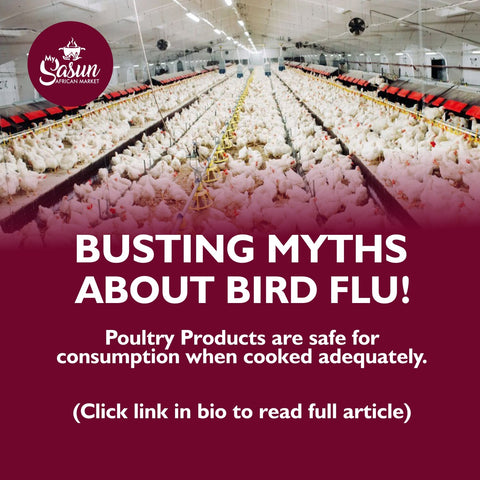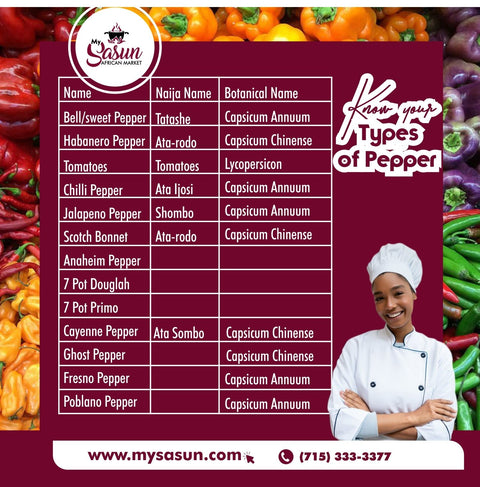Bird flu, or avian influenza, is a viral infection that affects both wild and domestic birds. It can be highly contagious and sometimes deadly for the birds. In some rare cases, it can also infect humans and cause serious illness or death. The most common strain of bird flu that poses a threat to humans is called H5N1, which has been circulating in Asia, Europe and North America since 2003. Here are some facts and tips about bird flu and how to prevent it.
SAFETY PRECAUTIONS WHILE USING THE SNIPER INSECTICIDE AT HOME
- Bird flu spreads through contact with infected birds or their droppings, saliva or nasal secretions. It is hard to control because it can affect many different types of birds, including chickens, ducks, geese, turkeys and more.
- The risk of human infection from bird flu is low, but not zero. According to ABC News' chief health and medical editor Dr Jennifer Ashton, only 865 people have contracted bird flu since 2003, but more than half of them died. The virus can mutate and become more easily transmissible to humans, which could lead to a pandemic.
- "Humans can get this virus, but it's been pretty rare and can be fatal when contacted," Dr Jennifer said.
ODOMOS MOSQUITO REPELLENT: DISPELLING MYTHS AND MISCONCEPTIONS
- You can reduce your risk of exposure to bird flu by avoiding contact with sick or dead birds, washing your hands frequently, and wearing protective clothing and masks if you work with poultry or visit live bird markets.
- You can also safely enjoy poultry and eggs, as long as you cook them thoroughly. The US Department of Agriculture (USDA) advises that poultry should be cooked to an internal temperature of 165°F, measured with a food thermometer in the thickest part of the meat. Eggs should be cooked until the yolks and whites are firm.
- The USDA also ensures that the poultry sold in the US is free from bird flu. The agency has detected over 47 million cases of bird flu in birds since January 2022, mostly in the US, and has taken measures to prevent the spread of the virus, such as culling infected flocks and disinfecting affected areas.
- The chance of infected poultry entering the food chain is "extremely low," the USDA said. The Food Safety and Inspection Service, part of the USDA, is in charge of inspecting all poultry sold in the US and abroad.







Comments (4)
Am here to let the whole world know that I was diagnose of herpes 3 years ago where all hope was lost and I had nothing to do about it,I just accepted the faith that one day I will cure of this disease and I just pray everyday for a helper and one day my sister introduce me to a herbal doctor man called Dr ahonsie that she saw him on internet well I contact him on his email,I was not fully convinced until he sent me the herbal medicine which he ask me to take for two weeks I took it with faith and i went for a retest in different hospitals and today am cured of this disease and am also using this medium to let all those having STD,like herpes and the rest not to give up,their is a man who can cure you,his name is Dr ahonsie . contact the great herbalist via his Email: drahonsie00@gmail.com / WhatsApp: +2348039482367. https://drahonsie002.wixsite.com/dr-ahonsie
Hello everyone, i have a very important information about herpes virus, i was a victim of hsv1&2 until i met doctor Ahonsie, it still feels like a dream to me. it has been two years now, i have not experience any breakout of herpes. I new about him through a post made on social media, a lady shares her experience and then i decided to contact him and ever since i contacted i was encourage and with no doubt i was cured from herpes simplex in just two weeks. He also treat other illnesses like HPV, HIV, CANCER, THYRIOD, PENIS ENLARGEMENT, and more contact him via Email: drahonsie00@gmail.com / WhatsApp: +2348039482367. https://drahonsie002.wixsite.com/dr-ahonsie https://www.facebook.com/drstellaherbalhome?mibextid=ZbWKwLThanks
I thought the physicians says there is no cure for HSV 2!!! I am telling you today that Dr ahonsie cure HSV 2 with his herbal medicine and once you get cured you are cured forever it is never reversible, I have been suffering for this deadly disease called h HSV 2 for more than a 2years and lost all hope because my doctor says there is no cure for HSV 2. Brethren I saw a testimony on the internet on how Dr ahonsie cure HSV, Hapatitis etc with his herbal medication and an email and watsapp to contact him was also displayed, I thought this was joke but I decided to contact him and he replied telling me not to worry that my problem is over . Dr ahonsie sent me a herbal medication to drink for one month but only 2weeks I feel strange and I went to my doctor and he confirmed me negative. He can help you too. Contact him drahonsie00@gmail.com or whatsapp +2348039482367 https://drahonsie002.wixsite.com/dr-ahonsie https://www.facebook.com/drstellaherbalhome?mibextid=ZbWKwL
Being the winner of a multi-million-dollar lottery certainly is a life-changing event for almost every single lottery winner. My name is Mavis Wanczyk from Chicopee, Massachusetts, the famous Powerball lottery winner of $758 million (£591m). I know many people would wonder how I had won the lottery. Would you believe me if I told you that I did it with spell casting? I met this famous spell caster known as Great Odunga and he was the one who did it for me. As shocking as it was to me, my famous comment to the press was “ I’m going to go and hide in my bed.” Never did I believe that Great Odunga made me wealthy overnight. If you want to have your chance of winning and becoming very wealthy just like me, contact Great Odunga at odungaspelltemple@outlook.com OR Email: odungaspelltemple@gmail.com and WHATS-APP HIM at +2348167159012 and you will be lucky. Thanks for reading and hope to see you at the top